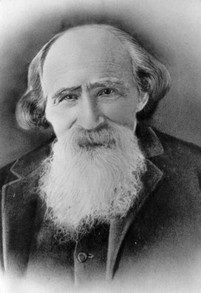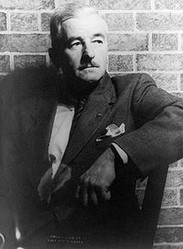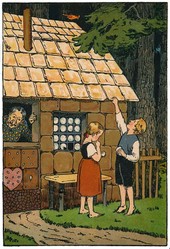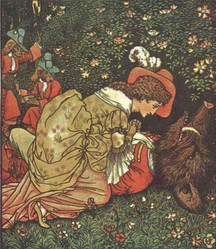William Faulkner (September 25, 1897 – July 6, 1962) was a Pullitzer Prize winning writer of beautiful, southern Gothic tales. "As I Lay Dying", "A light in August", "Absalom! Absalom!", "The Sound and The Fury" have been delighting English students and lovers of fine literature for nearly a century. One of his most famous and widely read stories is "A Rose For Emily", which tells the life story of a murderous woman through the eyes of the deep south from the turn of the 19th century until, roughly, the 1930’s. When asked what inspired Faulkner to author this unique tale, he stated: “That to me was another sad and tragic manifestation of man’s condition in which he dreams and hopes, in which he is in conflict with himself or with his environment or with others. In this case there was a young girl with a young girl’s normal aspirations to find love and then a husband and a family, who was brow-beaten and kept down by her father, a selfish man who didn’t want her to leave home because he wanted a housekeeper, and it was a natural instinct of—repressed which—you can’t repress it—you can mash it down but it comes up somewhere else and very likely in a tragic form, and that was simply another manifestation of man’s injustice to man, of the poor tragic human being struggling with its own heart, with others, with its environment, for the simple things which all human beings want. In that case it was a young girl that just wanted to be loved and to love and to have a husband and a family.” [The Story and it’s writer, 5th edition, Ann Charters, pages 816—817]
The following contains spoilers. Please read the story here before proceeding:
http://flightline.highline.edu/tkim/Files/Lit100_SS2.pdf





















 The Night My Mother Met Bruce Lee, a Brief Opinionon 07/09/2012
The Night My Mother Met Bruce Lee, a Brief Opinionon 07/09/2012
 A Close Look at Joyce Carol Oates' short story "Where are you Going, Where Have you been?"on 05/30/2012
A Close Look at Joyce Carol Oates' short story "Where are you Going, Where Have you been?"on 05/30/2012
 A close look at "Sabotage"on 03/30/2012
A close look at "Sabotage"on 03/30/2012



Comments